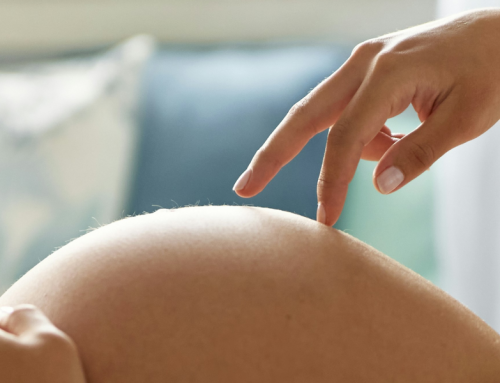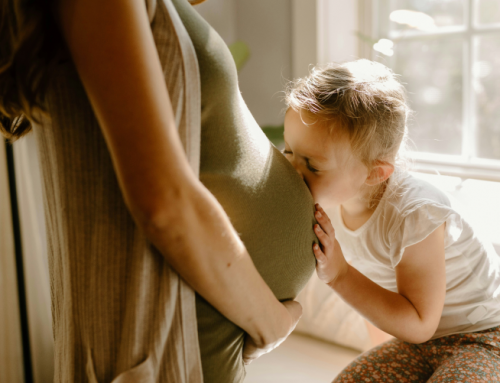The way in which the embryo grows and the woman’s symptoms during the gestation period are exactly the same in both cases
“Will my pregnancy be like that of other women? Will my child develop like other children?” These are the questions that a woman who has undergone Assisted Reproductive treatment or is considering using it may ask herself. The response is clear: a natural pregnancy is identical to one achieved through a fertility procedure with respect to the development of the embryo, the mother’s symptoms and the baby’s growth.
A pregnancy achieved using assisted reproductive technology, whether in vitro fertilisation or artificial insemination, is only different at the beginning of the process. In the first case, the egg is fertilised in the laboratory and once converted into a pre-embryo, it is transferred to the uterus where it continues its natural development. In the case of insemination, the natural reproductive process is imitated, making it easy for the sperm to reach the uterus at the time of ovulation.
From the moment when these two processes take place in a woman’s body, the pregnancy follows its course, in the same way as in a natural pregnancy.
The same symptoms
Consequently, the most common symptoms of a pregnancy (known as morning sickness or excess stomach acid) may also appear in a pregnancy achieved through assisted reproduction.
As for the risks during gestation, these are linked to the woman’s age and not to how the pregnancy was achieved. The risk of suffering a miscarriage is therefore the same in both cases (between 15 and 20%) and increases with the woman’s age. In the case of a woman who has received an egg donation, this risk is not increased as the eggs come from a young woman between the age of 18 and 35.
In cases of pregnancy at an older age, which takes place naturally or using assisted reproductive technology, there is a slightly higher risk of developing alterations in blood pressure or diabetes during the pregnancy. For this reason, the medical professionals who monitor these pregnancies will put all the appropriate prevention and treatment mechanisms into practice.





